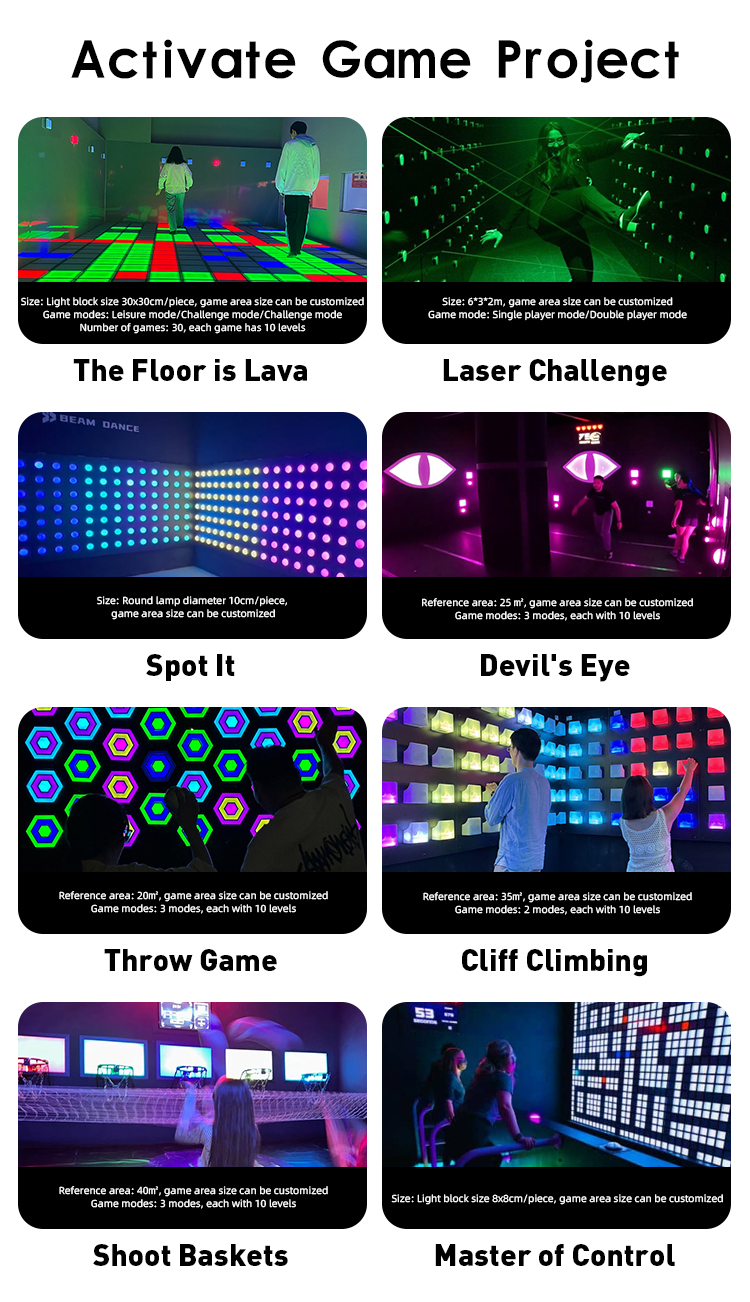The entertainment landscape is changing. While virtual reality (VR) headsets offer deep immersion, they often create a solitary, stationary experience. For Family Entertainment Centers (FECs), arcades, and fitness venues, this presents a challenge: how do you embrace cutting-edge technology without sacrificing the group energy, physical activity, and high throughput that define successful attractions?
The answer lies not in VR alone, but in the integration of Augmented Reality (AR) and Mixed Reality (MR) with physical, active-play equipment. This fusion is creating a new category of “active entertainment” that delivers the best of both worlds.
The Problem with Passive VR in Commercial Venues
Traditional, headset-based VR has limitations in a commercial setting. It often requires dedicated staff per user, faces hygiene concerns with shared headsets, and isolates players from their friends and family. More importantly, it’s sedentary. Guests are rooted in one spot, which contrasts with the dynamic, social, and physical fun that drives repeat visits to active entertainment venues.
The Solution: Blending Digital and Physical Worlds
The true opportunity is to use AR and VR technologies to enhance the physical world, not just replace it. This approach transforms your entire space into a game environment.
- Augmented Reality (AR) Projection: This is one of the most effective and accessible integrations. Instead of a headset, high-powered projectors and motion sensors cast interactive graphics onto floors and walls. A simple floor becomes a “Floor is Lava” challenge (like our Activate Moment Game), where players must physically jump to digital safe zones. This technology fosters group competition, encourages physical movement, and is highly intuitive for all ages.
- Sensor-Based Interactive Walls: Imagine a climbing wall that reacts to your touch. This is AR-enhanced fitness. LED lights and touch sensors (like those in our Activate Fitness Game) can create climbing paths, reaction-time challenges, and competitive games. The physical structure is the controller, and the digital overlay provides the challenge.
- Active VR with Physical Feedback: While less common, this involves integrating VR headsets with custom-built physical structures. Players might be in a VR world, but they are physically ducking under real-world obstacles, running on a motion-sensing floor, or interacting with tactile “puzzle rooms” (like our Horror Escape Games) that correspond to the digital environment.
The Benefits of Integrated Active Play
For venue operators, this integrated approach solves the key problems of passive VR and delivers significant advantages:
- Higher Throughput: Active games are often designed for groups, allowing 3-5 players (or more) to participate simultaneously, dramatically increasing revenue per square foot compared to a single-user VR stall.
- Increased Social Engagement: These attractions are built for social interaction. Friends and families can compete, collaborate, and share the experience, which is a primary driver for repeat business.
- Encourages Physical Fitness: By making fitness a game, you appeal to a broader demographic, including health-conscious adults and parents who want their children to be active.
- A “Wow” Factor That Lasts: Unlike a seated VR experience, the combination of physical effort and digital magic creates a memorable, high-energy spectacle that is perfect for social media sharing, driving organic marketing.
Conclusion
Don’t just offer VR; offer a new reality. The future of entertainment isn’t about isolating players with a headset. It’s about using technology to make the physical world more exciting, interactive, and social. By integrating AR and VR technologies with active-play equipment, you can create high-demand, high-ROI attractions that keep guests moving, laughing, and coming back for more.
Ready to build your next active entertainment attraction? Contact our team of experts to explore custom solutions that integrate cutting-edge technology with proven, high-energy gameplay.




发表回复